You were great in charge of it all deadlines, decisions and noisy everyday life. However, as of late, even basic things are more cumbersome. Rest is not likely to fill you up. Motivation flickers. The world feels too loud.
This is not laziness or weakness. It is your nervous system putting its head on the block a self-preservative process called burnout.
Burnout is not merely a state of psychological exhaustion but is a condition that occurs as a result of your brain and body remaining in the state of stress over an extended period of time. It is that your nervous system loses rhythm. The circuits, which used to serve your concentration, imagination, and relaxation begins to malfunction, not due to being defective but due to the reason that they are attempting to protect you.
We will discuss the three stages of burnout, how they present themselves in the brain, and how to start helping yourself to balance back.
Phase 1 - The Hyperdrive Stage
It usually begins in the form of energy. You have woken up, you are inspired, creative, perhaps even successful. And under that motivation, your brain is heating.
Your emotional alarm centre, the amygdala, is left on and your prefrontal cortex, or the section that allows you to plan, concentrate and control emotions, continues to press through the fatigue messages.
More dopamine and cortisol are released in your body, and you are in a loop of high performance.
You may notice:
-
Feeling wired yet tired
-
Racial thinking or difficulty in turning off.
-
Living on caffeine or pressure to be sharp.
The brain is smart to maintain the performance but not indefinitely. Eventually, this omnipresent go condition starts to infuse neural plasticity - the inherent process of neurological activation and rest in the brain.
Intelligence: Burnout in its initial phases usually appears successful. It is difficult to keep in mind that productivity without a rest is not resilience, but the initial symptom of imbalance.
Must read this case study - minds hidden potential with the neurovizr
Phase 2 - The Drain Stage
The system begins to malfunction after weeks or months of hyperdrive.
You are slower, cloudier, more irritable. You may lose memory, become uninspired in your creativity or become uninterested in the people you love.
Biologically, what is happening to your brain is that it is shifting to dysregulation because it had been under sympathetic dominance (fight or flight). The hippocampal, the area of the brain that processes memory and learning, becomes inactive. Amygdala becomes hypersensitive. The prefrontal cortex, or your chief executive in the mind, begins to lose its mind more frequently.
Your body can also manifest it: Pains in the head, insomnia, stomach aches or suppressed immunity.
This stage is usually tricky: I am resting, and I am still exhausted. This is because it is not only your brain that is tired, but it has lost rhythmic coordination.
Light, and sound and observable input once stimulating to you are now overwhelming. You are not weak, your loops of communication in your brain are hyper-firing and under-synchronizing.
Intelligence: Burnout is not too much stress. It is what occurs when the brain becomes unreachable to recovery rhythms.
Phase 3 - The Collapse Stage
At some point, the system is incapable of supporting even the drain.
It is at this point that burnout is complete numbness of the body: a survival strategy, not a decision.
This is the same step, in neuroscience, as the hypoarousal, when the nervous system is ineffective to conserve energy. Your brain reduces the motivation and reward systems. The outcome: a flat affect, emotional emptiness or even hopelessness.
You may notice:
-
Cold-hearted or indifferent.
-
He cannot even care even about things that mattered.
-
Constant fatigue with insomnia.
The default mode network, which is in charge of self-reflection, can simply overdrive and repeat the negative thoughts. You start to retreat, not by choice, but because your brain is sparing itself whatever little left it has.
Understanding: Burnout is the smartest last resort of your brain - it is the attempt of forced reboot when all other signals about rest were ignored.
How to Begin Recovery - Gentle Recalibration, Not Force
Healing from burnout isn’t about bouncing back to your old pace. It’s about relearning safety, rhythm, and sensory coherence.
Here’s how neuroscience suggests starting:
1. Listen, Don’t Override
Your exhaustion isn’t the problem, it’s the message.
Before trying to be productive, try being present.
Notice your body cues: breath pace, muscle tension, energy dips.
Listening is the first act of neural repair.
2. Re-Regulate the Sensory System
Your brain recovers through sensory input - light, sound, breath, and movement.
Short daily exposure to natural light, rhythmic breathing, or gentle sound-based practices helps retrain neural timing.
Even 5–10 minutes of intentional sensory recalibration (eyes closed, deep exhale, soft light exposure) can shift your nervous system toward parasympathetic calm.
3. Engage with Restorative Technology
Neurotechnology tools like neuroVIZR use light and sound patterns to help the brain rediscover its natural variability - the healthy oscillation between focus and rest.
Instead of numbing or stimulating, it guides your brain toward synchrony, which research links with improved energy, mood, and clarity.
Think of it as giving your nervous system a rhythmic reminder of balance.
4. Rebuild Trust in Small Wins
Burnout recovery is less about energy and more about safety.
Each time you choose rest without guilt or celebrate one small action, you reinforce neuroplasticity your brain’s ability to rewire toward resilience.
Key Takeaways
-
Burnout progresses in three phases: hyperdrive, drain, and collapse.
-
It reflects a loss of neural flexibility, not a personal flaw.
-
Recovery happens through rhythmic sensory recalibration, rest, and self-compassion.
-
Tools like neuroVIZR can help the brain re-sync safely - supporting restoration through light and sound.
Transforming the Story
A state of burnout is not indicative of failure.
It is an indication that your brain has been faithful too long - it has been insularity that kept you, not as fast as you could not sustain.
Once you interpret burnout as a biologic adaptation then you cease to fight it and begin to work with it. You start to find that the healing process is not about returning to the person you were but making you a more controlled, sensitive human being.
Disclaimer
This content is for informational and educational purposes only and does not substitute professional medical advice, diagnosis, or treatment. Always seek the guidance of a qualified healthcare provider with any questions you may have regarding a medical condition or mental health concern.
Content References & Research Basis
World Health Organization (WHO) - ICD-11: Burnout as an occupational phenomenon (2019)
Maslach, C., & Leiter, M.P. - Understanding the burnout experience: Recent research and its implications for psychiatry. World Psychiatry, 15(2), 103–111 (2016)
McEwen, B.S. - Stress, adaptation, and burnout: Neurobiological mechanisms of resilience and exhaustion. Neurobiology of Stress (2017)
Siegel, D. J. - The Developing Mind: How Relationships and the Brain Interact to Shape Who We Are (2012)
Porges, S. W. - The Polyvagal Theory: Neurophysiological Foundations of Emotions, Attachment, Communication, and Self-Regulation (2011)

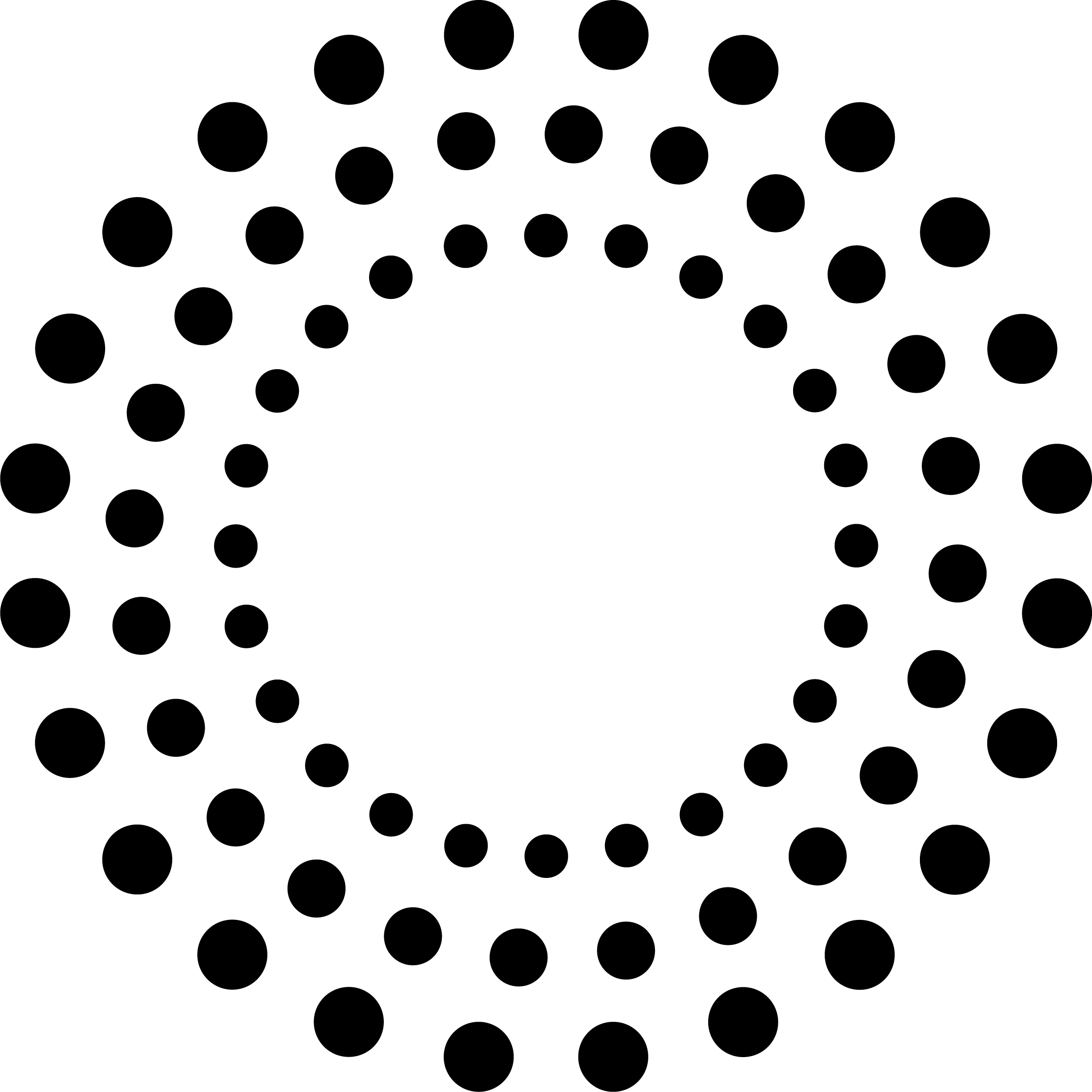











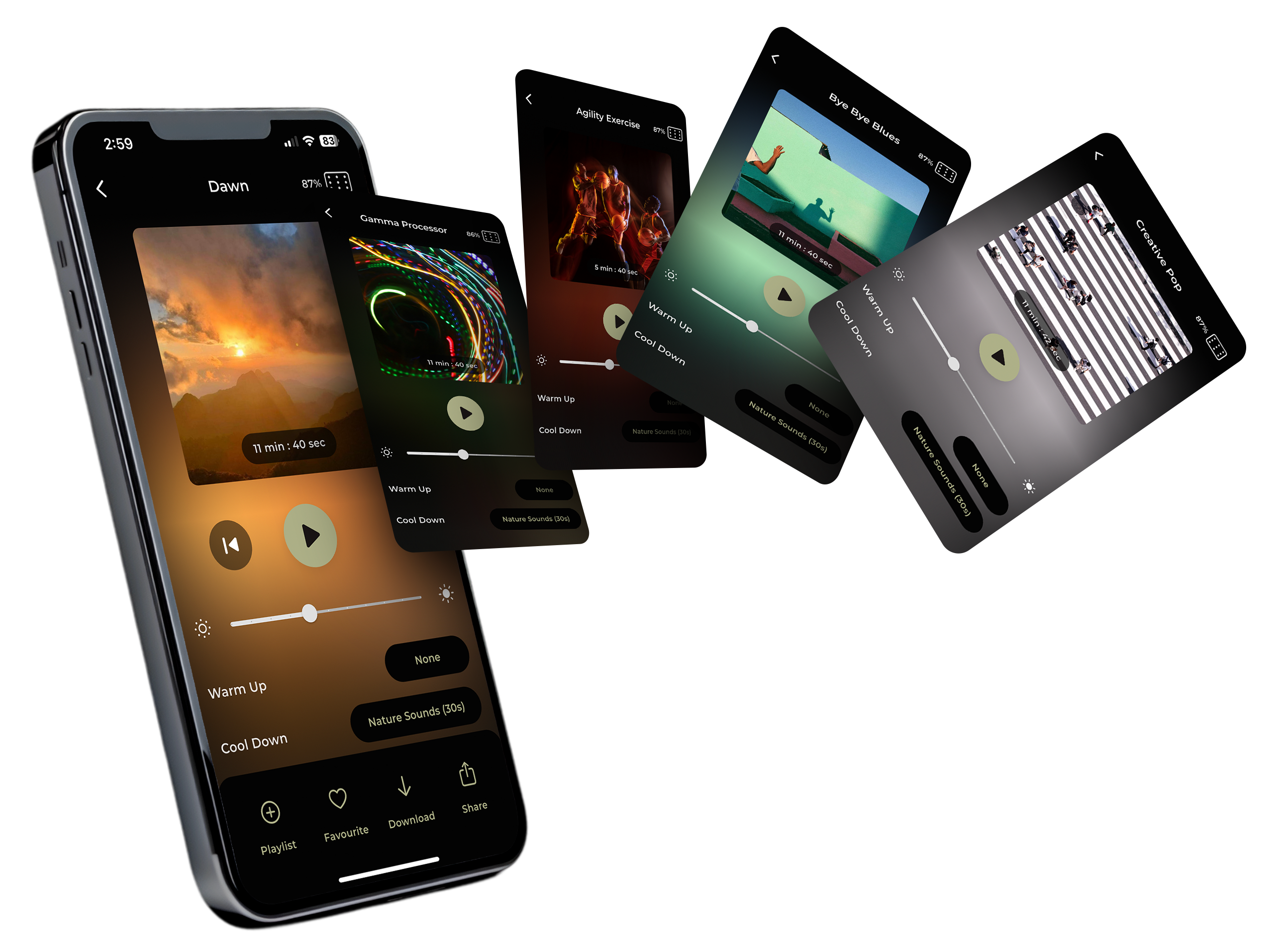
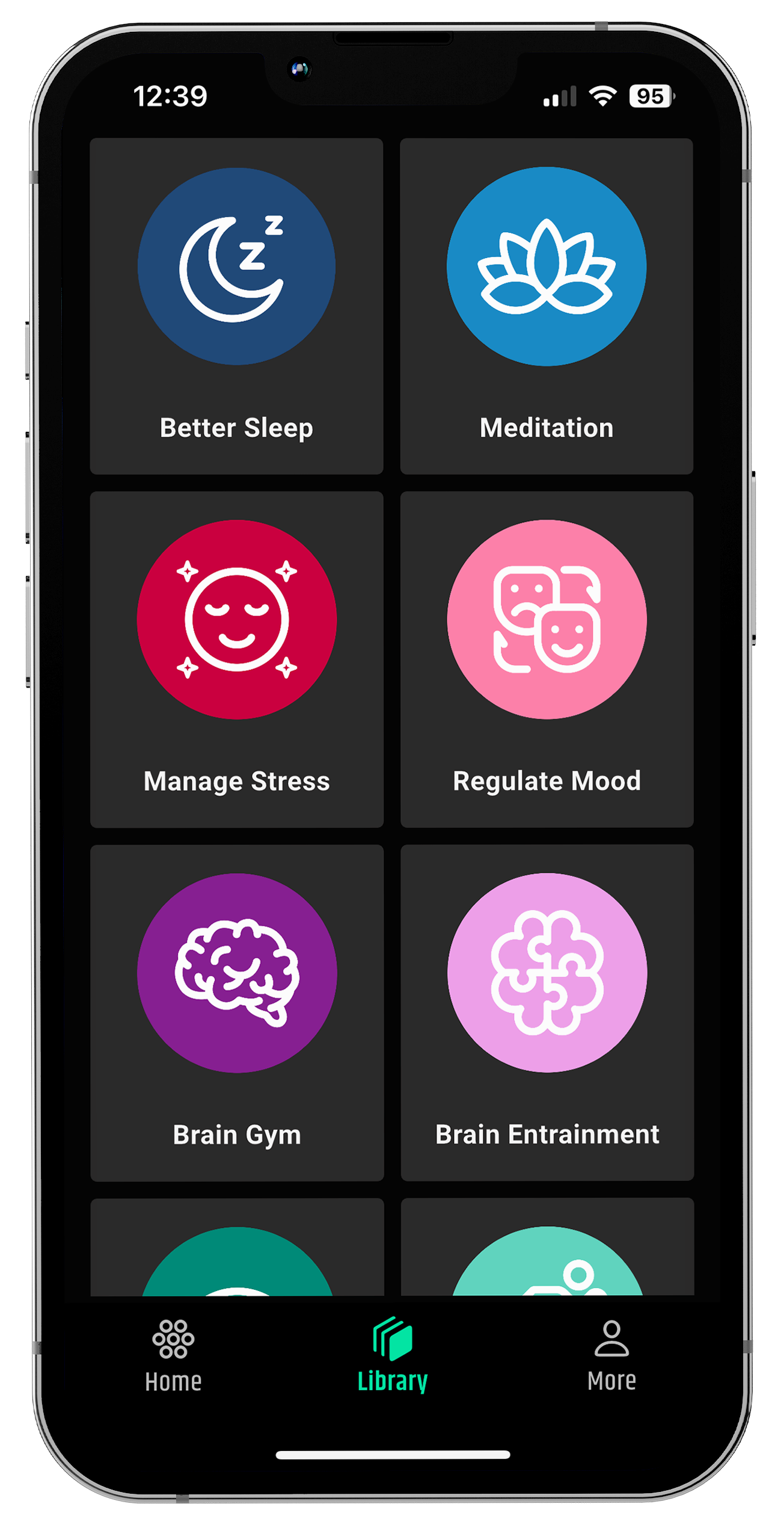
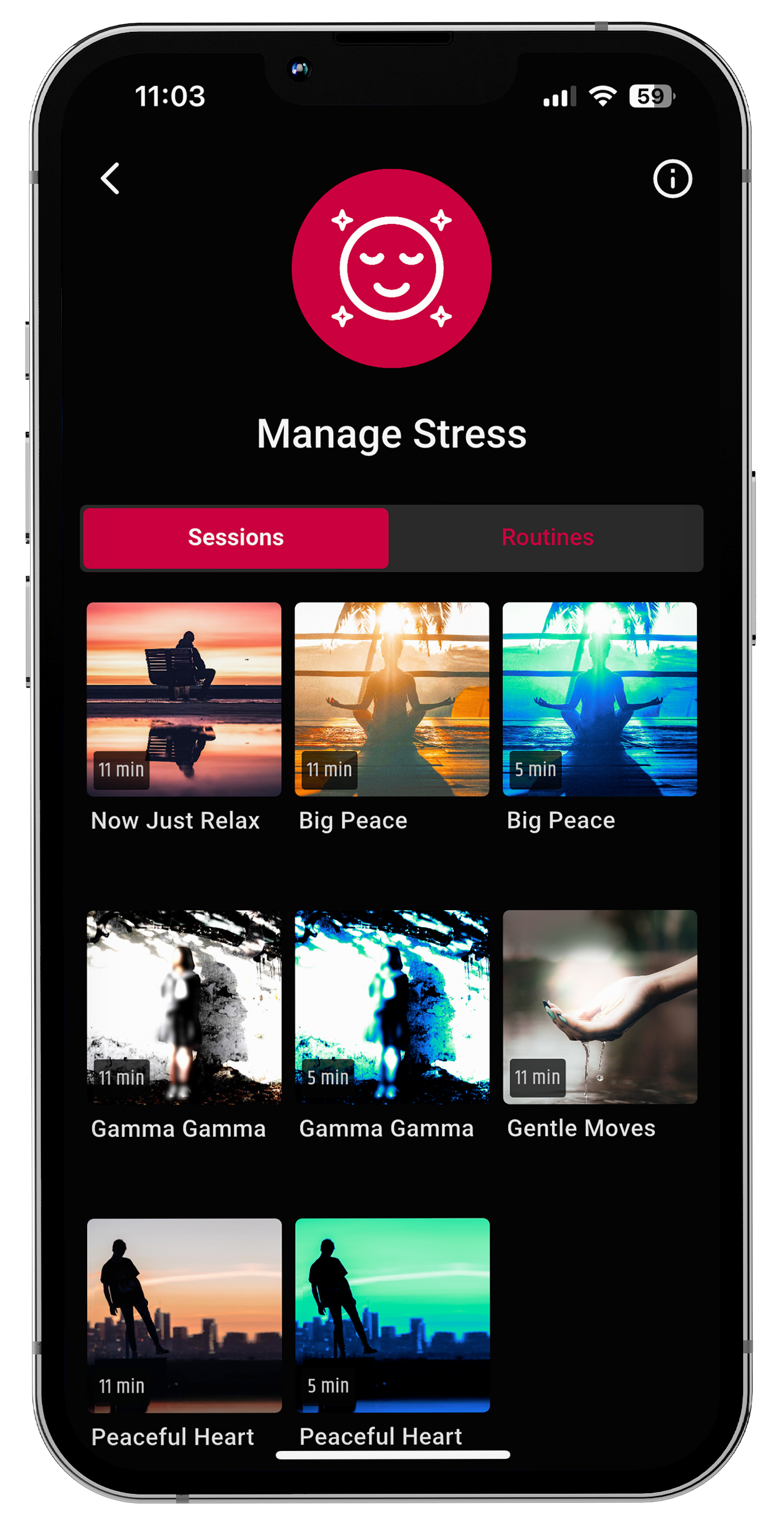
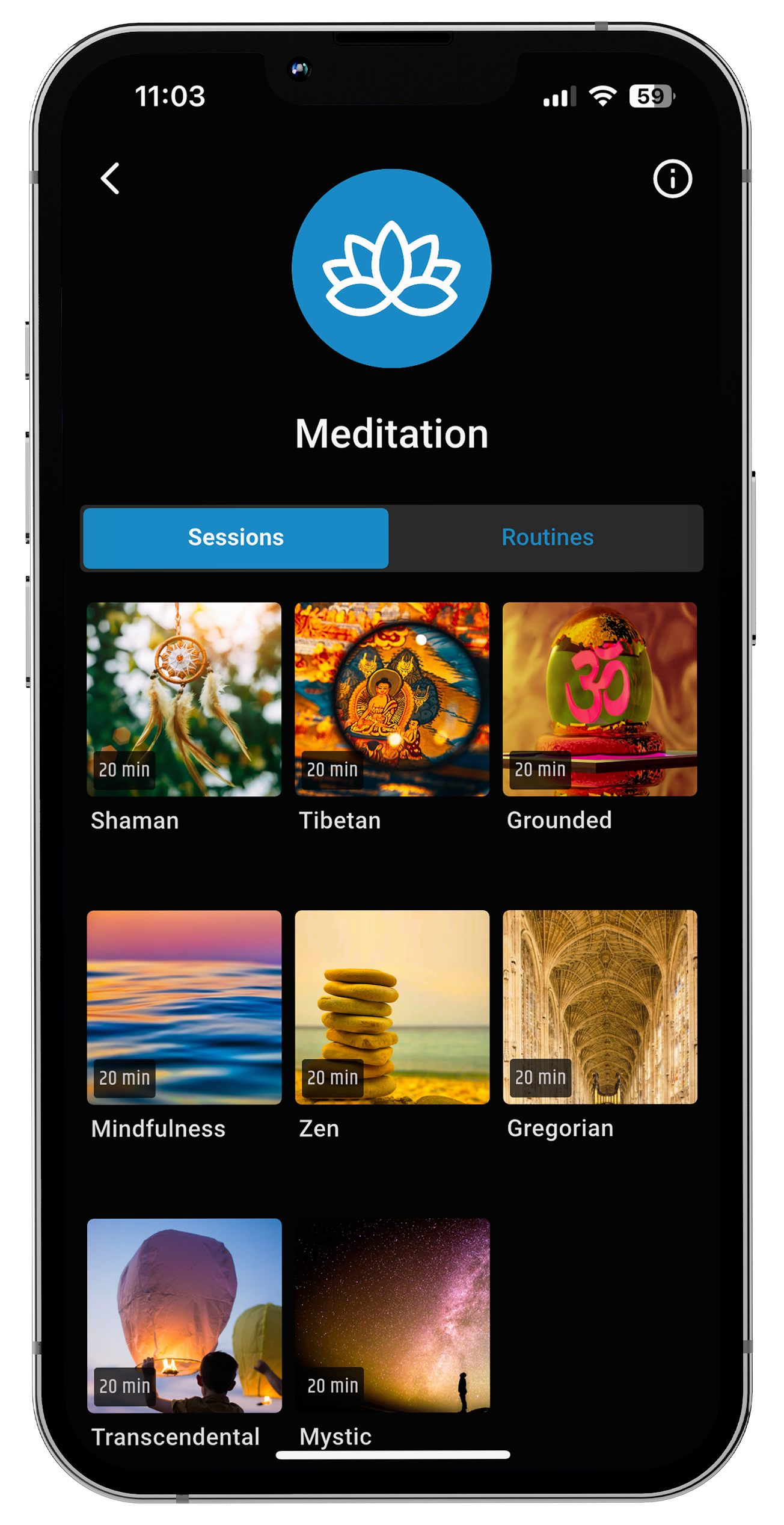
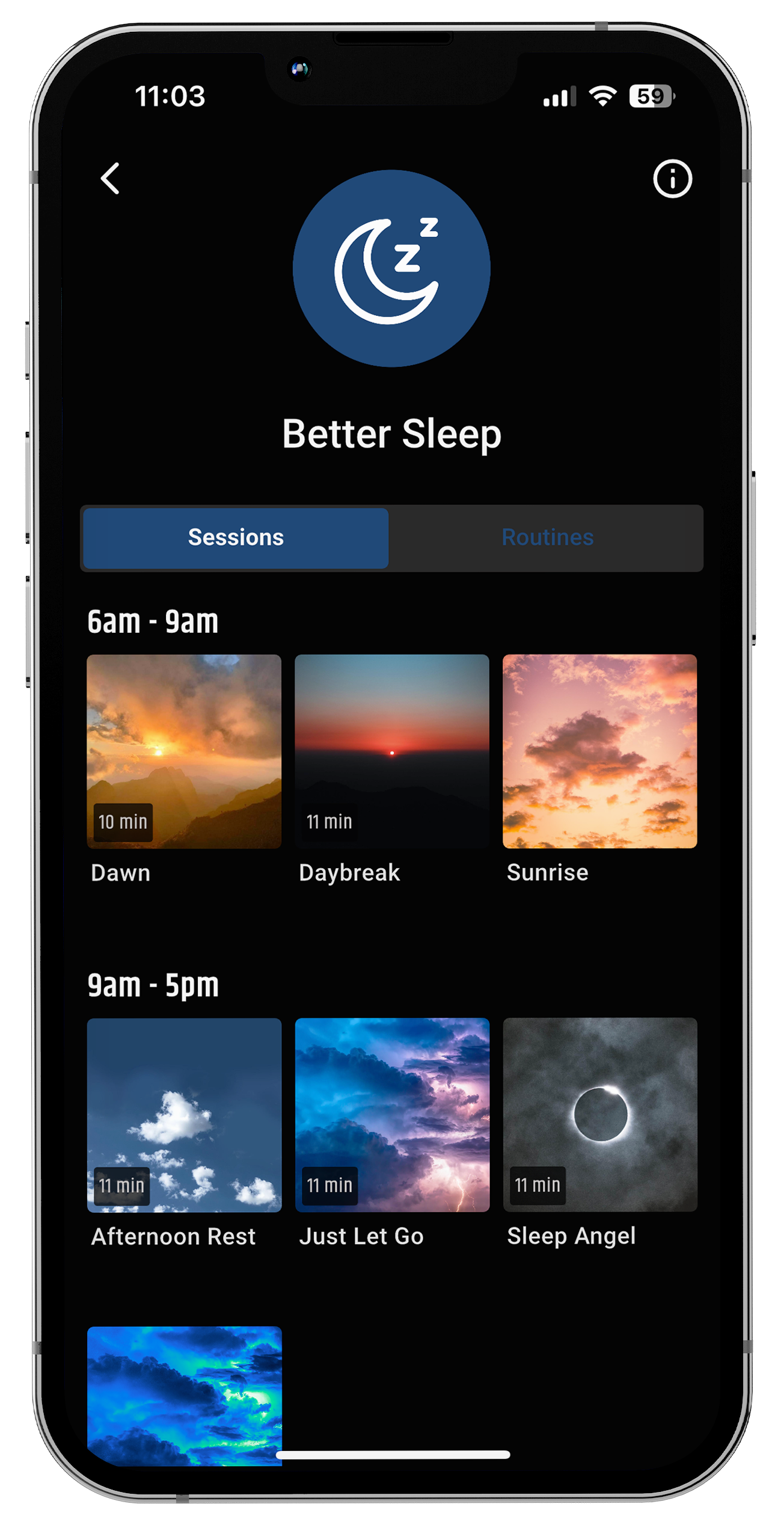
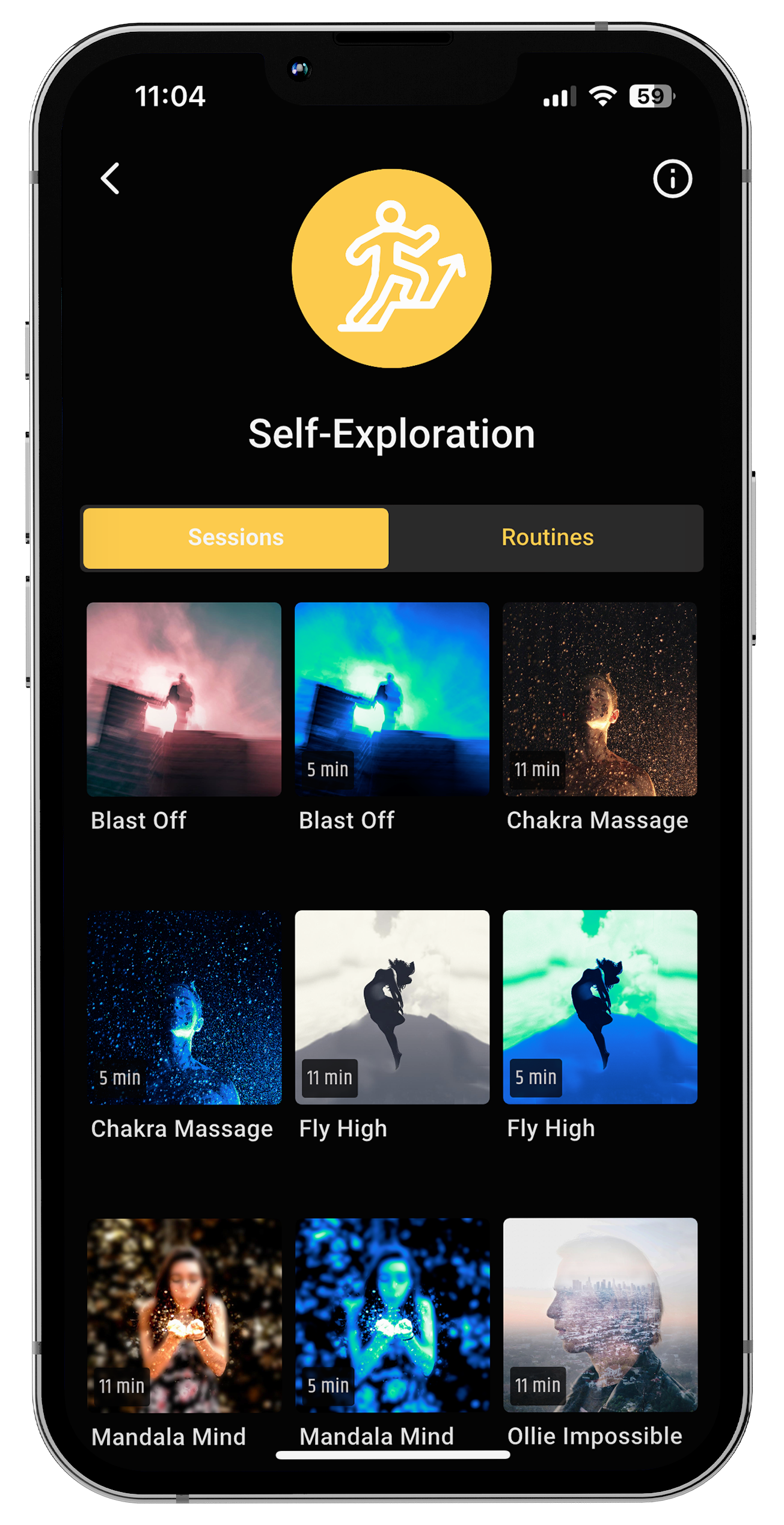
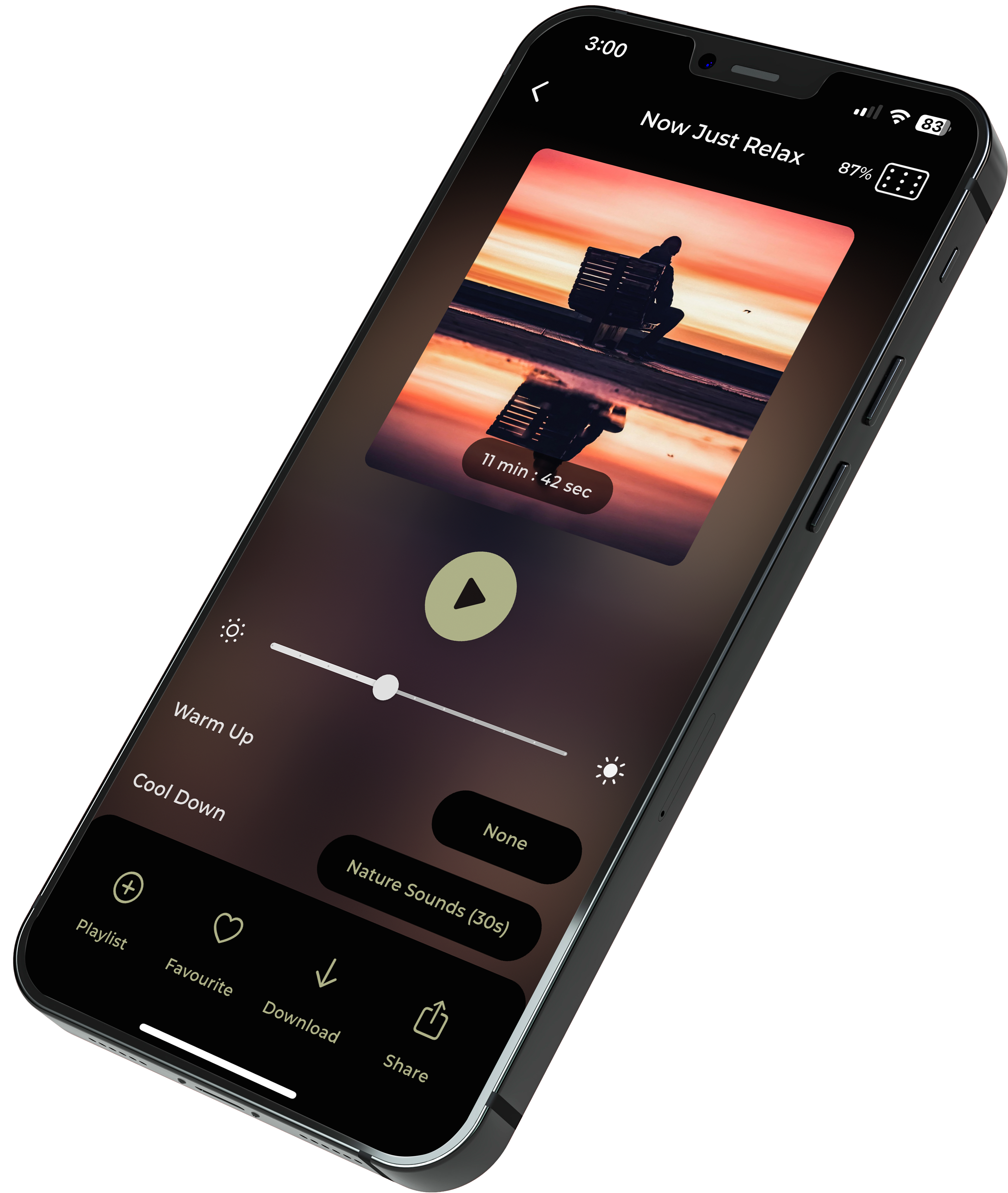


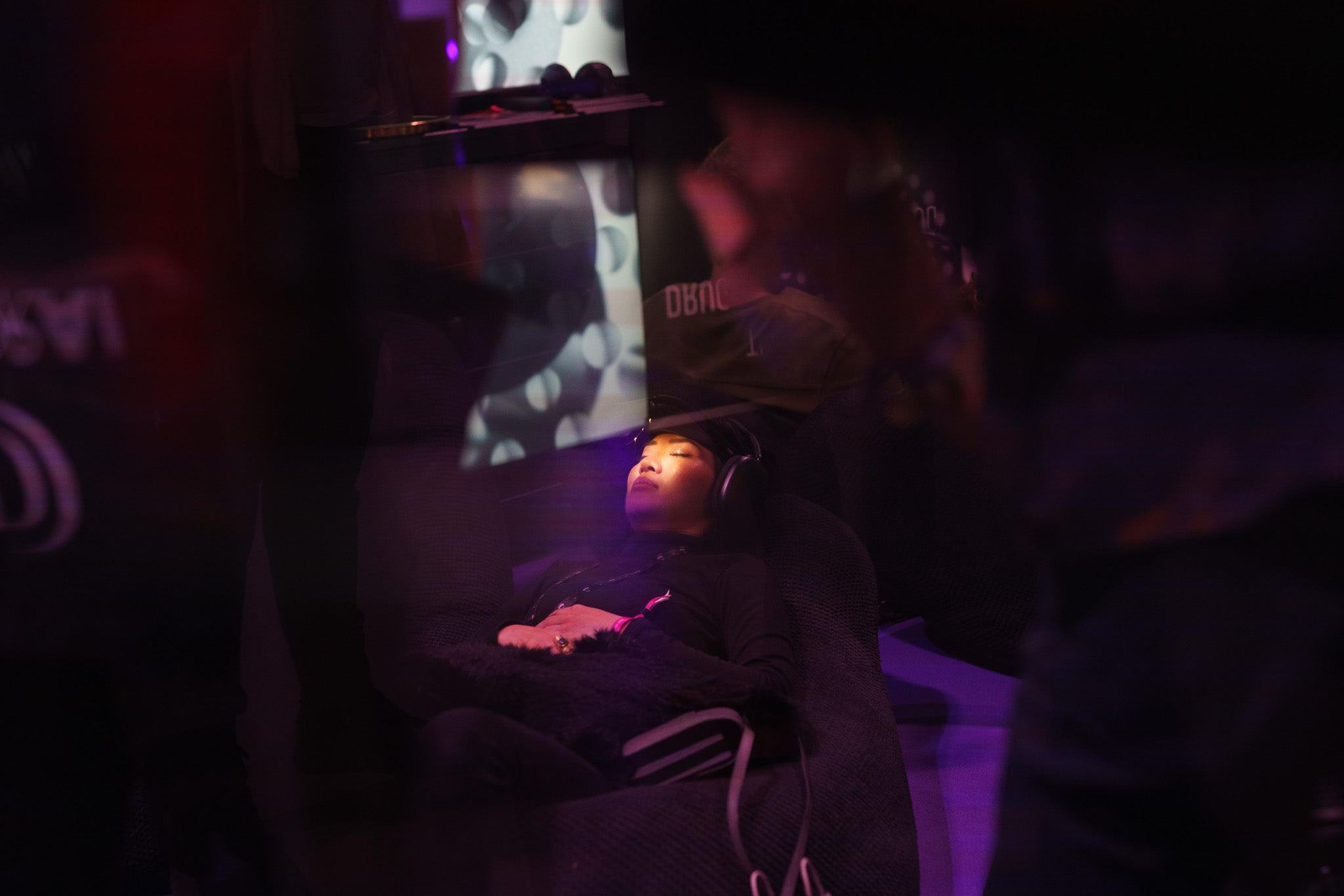




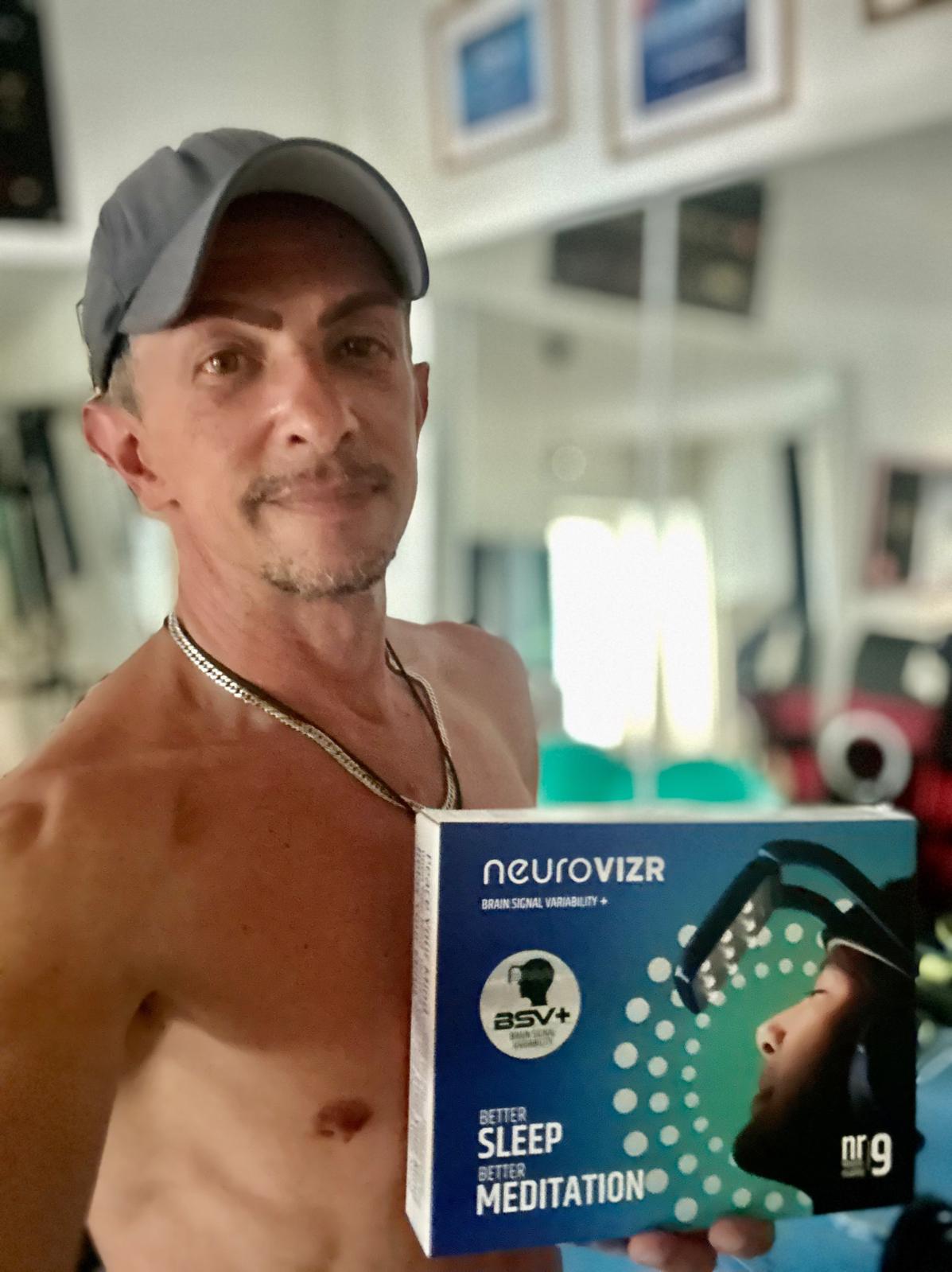
Partager:
The Cortisol Curve: Why Midlife Burnout Hits Women Hardest
Could You Faint from Lack of Sleep: Understanding What Your Brain Is Really Saying